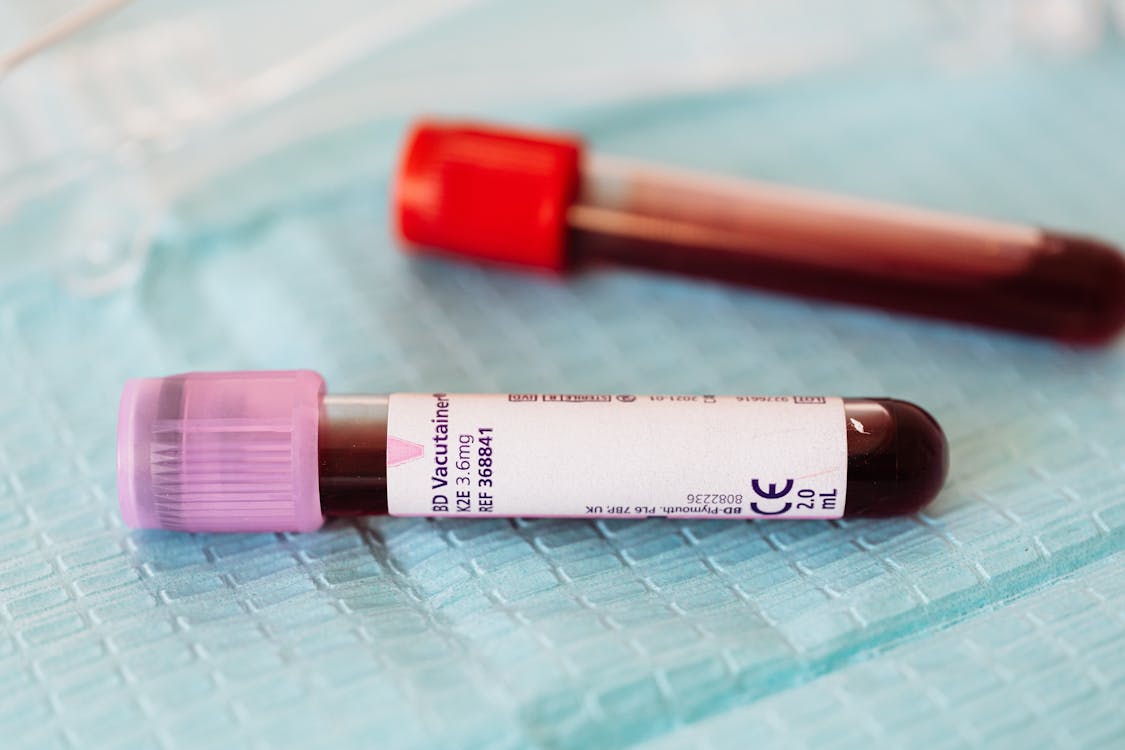Ah, the dreaded blood draw. Whether you’re a fan of needles or not, there’s no denying that having blood drawn can be an unpleasant experience.
And if you’re someone who often has trouble finding a vein, it can be even more of a challenge. Fortunately, there are a few things you can do to help make the process go more smoothly.
This guide will teach you how to find a vein to draw blood so that you can get it over with as quickly and painlessly as possible.
Preparing for The Blood Draw
Table of Contents
One of the most important things you can do to make finding a vein easier is to prepare in advance. This means making sure that you’re hydrated and that your skin is clean.
- Dehydration can cause your veins to become smaller and harder to find, so it’s important to drink plenty of fluids leading up to your blood draw.
- You should also avoid caffeine, as it can have a similar effect.
- It’s also important to make sure that your skin is clean. This will help the needle slide in more easily and reduce the risk of infection. You can do this by simply washing your hands and arms with soap and water. If you have time, you can also use an alcohol swab to clean the area where the needle will go in.
Finding a Vein
Once you’re prepared, it’s time to find a vein. There are various ways to do this, here we will teach you some of the most common methods:
1. The Blood Pressure Cuff Method
One way to find a vein is to use a blood pressure cuff. This method works by inflating the cuff and then releasing the pressure. As the cuff deflates, it will push the blood from your extremities towards your heart.
This will cause your veins to become more visible and easier to find.
To use this method, simply wrap the cuff around your arm and inflate it to the point where it’s snug but not too tight. You should then wait a few minutes for the pressure to build up before releasing it.
As the cuff deflates, you should start to see your veins becoming more visible. You can then choose one and insert the needle.
2. The Tourniquet Method
Another way to find a vein is to use a tourniquet. This method works by constricting the blood flow in your extremities, which will cause your veins to become more visible.
To use this method, simply wrap the tourniquet around your arm and tighten it until it’s snug but not too tight. You should then wait a few minutes for the pressure to build up before releasing it. This will allow your veins to become more visible.
3. The Vein Finder Method
If you’re having trouble finding a vein, you can also try using a vein finder. This is a small, hand-held device that uses infrared light to identify veins beneath the surface of the skin.
To use this method, simply hold the device against your skin and move it around until the light turns on.
This will indicate that a vein has been found. You can then insert the needle into the vein. One of the best Vein Finder available in the market is AimVein. It is the only FDA-cleared and CE-marked device of its kind.
4. The Tap Method
If you’re having trouble finding a vein, you can also try tapping on the area to help make them more visible. This method works by temporarily constricting the blood flow, which will cause the veins to become more visible.
To use this method, simply tap your fingers on the area where you want to find a vein. You can also use a small rubber hammer if you have one. You should tap for about 30 seconds before checking to see if the veins are more visible. If they’re not, you can try tapping for another 30 seconds.
Once you’ve found a vein, you can then insert the needle and draw the blood.
Tips for Success

There are a few things you can do to increase your chances of success when finding a vein:
- Choose an area where the veins are closer to the surface of the skin. This includes the inside of the elbow, the back of the hand, and the top of the foot.
- Apply gentle pressure to the area. This will help to push the blood towards the surface and make the veins more visible.
- Apply heat to the area. This will help to dilate the veins and make them easier to find.
- Avoid moving around too much. This will make it more difficult to find a vein and can also cause the needle to slip out.
- Relax. It’s important to stay calm while you’re trying to find a vein. If you’re tense, your veins will be more difficult to find.
Takeaway
With these tips in mind, finding a vein should be a relatively easy process. Just remember to stay calm, be patient, and choose an area where the veins are closer to the surface of the skin. With a little practice, you should be able to find a vein in no time!
- How To Create A Safe And Comfortable Home Environment For In-Home Care In Boca Raton? - July 16, 2024
- 10 Trendy Black Nail Ideas To Elevate Your Nail Game - May 6, 2024
- Getting A Free Divorce In Virginia? Here’s What To Expect - April 24, 2024





No Comments